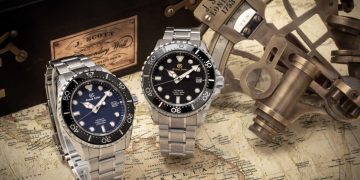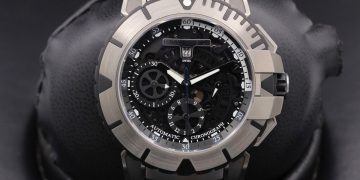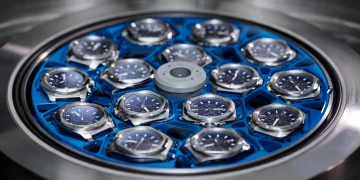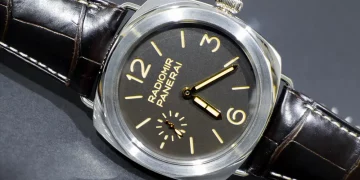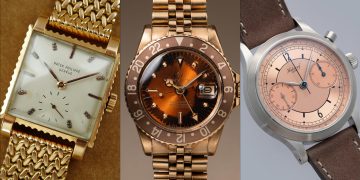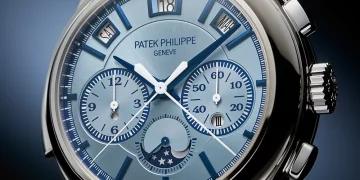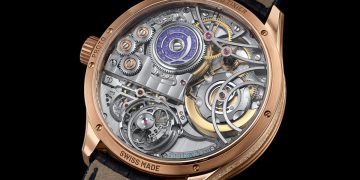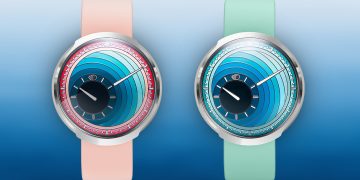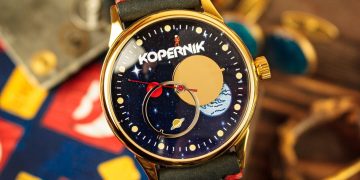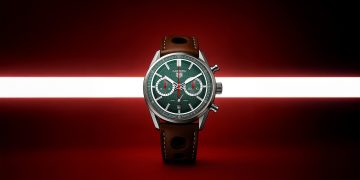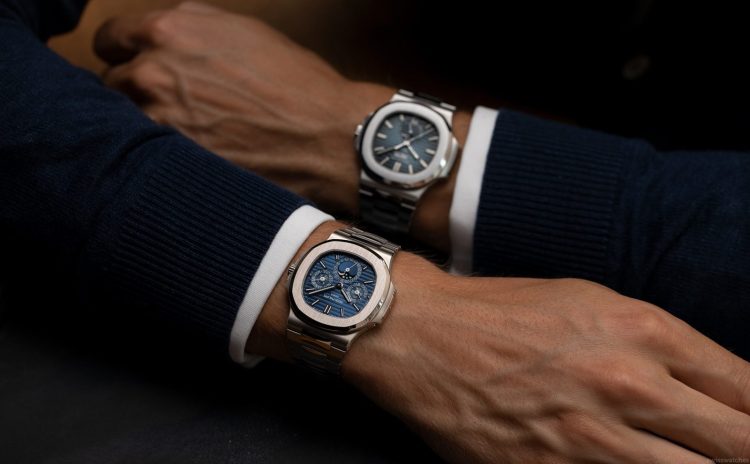Ultra-luxury watches have long been seen as symbols of success, wealth, and power. The price tags alone are enough to elicit gasps, yet it’s not just about owning a beautiful timepiece. Wearing a $100,000 watch often invites attention, admiration, and sometimes even envy. But what happens when you actually wear one? Is it worth the price, or is it simply a status symbol designed to make a statement about wealth?
In this article, I will chronicle my personal experience of wearing a $100,000 watch for an entire week. I’ll dive into the social reactions, the practicalities of wearing such an expensive timepiece, and the personal observations I made throughout the week. More importantly, we’ll debate whether these ultra-luxury watches are truly worth the astronomical prices, or if they are merely a product of status-driven consumerism.
The Watch I Wore: A $100,000 Masterpiece
Before we dive into my week-long experience, it’s important to identify the watch I wore. For this experiment, I wore a Patek Philippe Nautilus 5711—a highly sought-after luxury watch. The Nautilus is famous for its sleek design, impeccable craftsmanship, and limited availability, making it one of the most iconic watches in the world.
When I first strapped the watch on, I immediately felt its weight—both literally and figuratively. It was heavy on my wrist, but the true weight came from the knowledge that I was wearing something that many people would never be able to afford. The craftsmanship of the Nautilus was beyond compare: its stainless steel case, distinctive octagonal bezel, and finely finished dial all exuded an air of exclusivity. It felt like a watch that could easily carry the weight of an entire room’s attention.
Day 1: The Initial Impact – Stares and Questions
The first day of wearing the $100,000 watch was a surreal experience. As I stepped into my usual routine, I immediately noticed people’s reactions. I didn’t have to look directly at them to know they were noticing the watch on my wrist. The glint of the Nautilus under the fluorescent lights seemed to captivate everyone around me. At the coffee shop, a barista complimented me on the watch, while a random passerby at the gym couldn’t help but stop me and ask if I was wearing a Patek Philippe.
The reactions were polite but definitely inquisitive. For most of the day, I could tell that people were trying to make sense of the watch—was it real? Was I rich? Was I trying to send a message? The social dynamic shifted slightly as I could sense the occasional, lingering glance, which made me feel slightly uncomfortable.
Day 2: The Intrigue and Attention Builds
As the days went on, the reactions started to become more pronounced. I went out for lunch with friends, and their reactions were a mix of admiration and disbelief. One of my friends, an avid watch collector, immediately recognized the Nautilus and began asking me a series of detailed questions about the watch. “How does it feel?” “Is it as comfortable as it looks?” “What’s the history behind it?”
However, not all reactions were positive. In a meeting later in the day, I noticed a few people subtly glancing at the watch while attempting to hide their judgments. Were they impressed? Or did they think I was showing off? There was a feeling of discomfort as I became acutely aware of how my watch was shifting the perception people had of me.
This day was also an eye-opener regarding the difference in behavior between those who are genuinely interested in watches versus those who associate the timepiece purely with wealth and status. It quickly became clear that not everyone was impressed by the watch’s craftsmanship; some simply wanted to know how much it cost. The idea of ‘worth’ seemed to boil down to the number on the price tag for many people.
Day 3: The Practicalities of Wearing a $100,000 Watch
By the third day, the initial excitement of wearing such an iconic watch had started to wear off, and the practicalities of daily life with a $100,000 timepiece started to set in. First and foremost, I had to be incredibly cautious. I couldn’t help but be more self-aware about where I placed my wrist, how I moved my arm, and even how I interacted with other people. There was always the lingering concern of scratches, nicks, or worse—damage.
When I went to the gym, I was nervous. Should I take it off? Is it safe to wear while lifting weights or running? Could it get damaged during exercise? I chose to leave it on for most of the workout, but the watch’s heft and its conspicuous nature made me feel self-conscious. Every time I used a piece of equipment, I was hyper-aware of the watch, ensuring it didn’t hit anything or become scratched. For someone who usually wears a $200 watch to the gym, it was a world of difference.
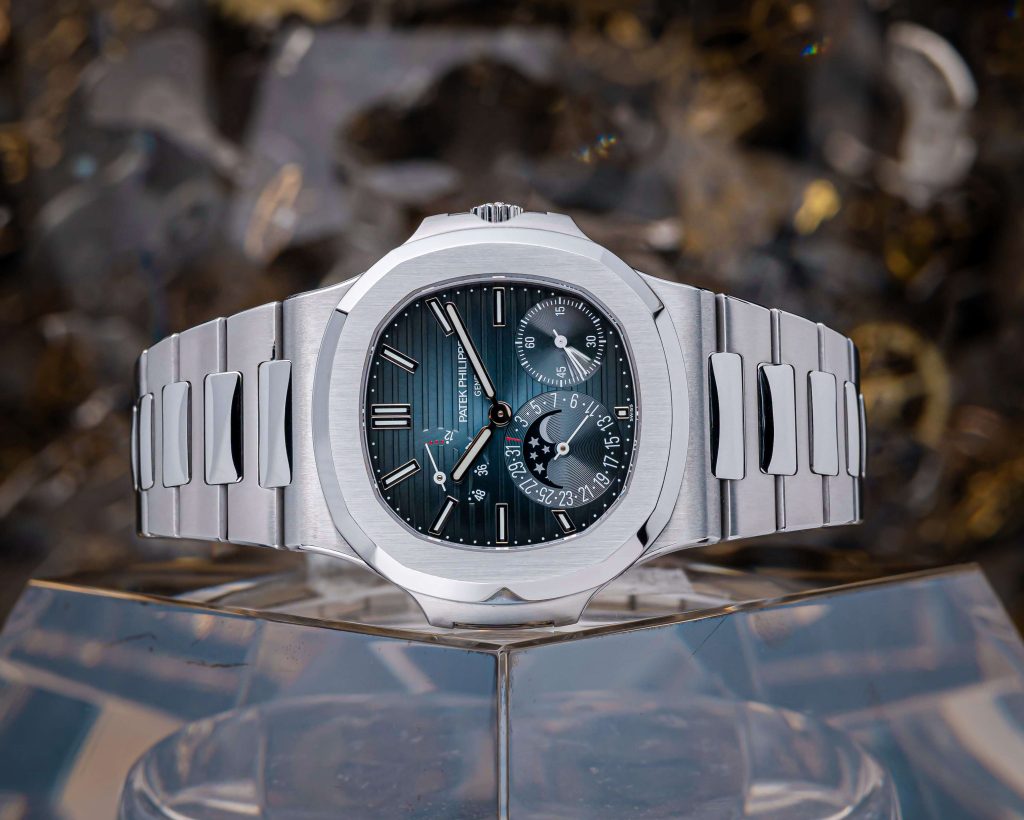
Day 4: The Guilt and the Discomfort of Displaying Wealth
As the days passed, I began to feel a certain amount of guilt about wearing the watch. The cost of the Nautilus was not lost on me, and while I appreciated its beauty and engineering, I started to question the ethics of wearing such an expensive item. Did I truly need it? Was it just a symbol of excess? It seemed absurd to wear something that costs more than most people’s entire annual salaries, especially when there were countless other pressing issues in the world.
The discomfort intensified when I caught people looking at the watch with obvious curiosity or, at times, resentment. It was impossible to avoid the elephant in the room: wealth. The watch screamed wealth, and that made me uncomfortable. The very object that was supposed to elevate my status seemed to isolate me from others who might not share the same privileges.
Day 5: Acknowledging the Craftsmanship
Despite the discomfort, I couldn’t deny the sheer craftsmanship of the Patek Philippe Nautilus. The attention to detail was extraordinary. The case was a work of art, and the movement inside was a marvel of horological engineering. As a watch lover, I began to appreciate the fine mechanics at play, realizing that the value of the watch went beyond the price tag.
Patek Philippe is known for creating timepieces that are the epitome of quality, and the Nautilus was no exception. It was an excellent timekeeper, and the way it performed, day in and day out, spoke volumes about the company’s legacy in watchmaking. However, that admiration for craftsmanship could only go so far when weighed against the ever-present concerns about the watch’s cost and the reactions it drew.
Day 6: The Social Impact – Reactions Become More Polarized
By the sixth day, I noticed that the reactions were becoming more polarized. Some people still gushed about the watch’s beauty and made comments about its craftsmanship, while others seemed to dismiss it entirely. I met a friend who came from a different socioeconomic background, and they expressed a certain frustration with the watch. “I understand it’s a great brand, but who actually needs a watch that costs $100,000?” they asked. “It just seems so unnecessary.”
In that moment, I couldn’t help but agree. The watch’s exorbitant price tag made it clear that it was more than just a tool for telling time. It was a tool for signaling wealth, and this often made it seem out of place in certain environments.
Day 7: The Final Verdict – Is It Worth It?
By the end of the week, I had experienced the full spectrum of what it means to wear a $100,000 watch. While the Patek Philippe Nautilus undoubtedly impressed with its elegance and craftsmanship, I was left wondering if it was truly worth the price. The attention it attracted often felt more like a burden than a benefit. Was it worth the social alienation, the constant concern about damage, and the uncomfortable guilt that came with flaunting such wealth?
For many watch enthusiasts, the answer would be yes—the Nautilus is a masterpiece of watchmaking, and its rarity makes it desirable. But for others, the price tag is simply too high, especially when other watches at a fraction of the cost can offer similar precision and craftsmanship.
Conclusion: The Price of Status
Wearing a $100,000 watch for a week opened my eyes to the true cost of luxury, both socially and psychologically. While the watch’s craftsmanship and history cannot be denied, the social reactions and practicalities made it clear that these ultra-luxury timepieces are about far more than just the technical aspects. They are symbols of status, and with that status comes a responsibility to navigate the complex dynamics of wealth and perception.
Ultimately, the question of whether it’s worth the price is subjective. For those who value the history, rarity, and craftsmanship, a $100,000 watch may be worth every penny. But for those who simply seek a functional timepiece, there are countless alternatives that can deliver similar quality without the price tag.


